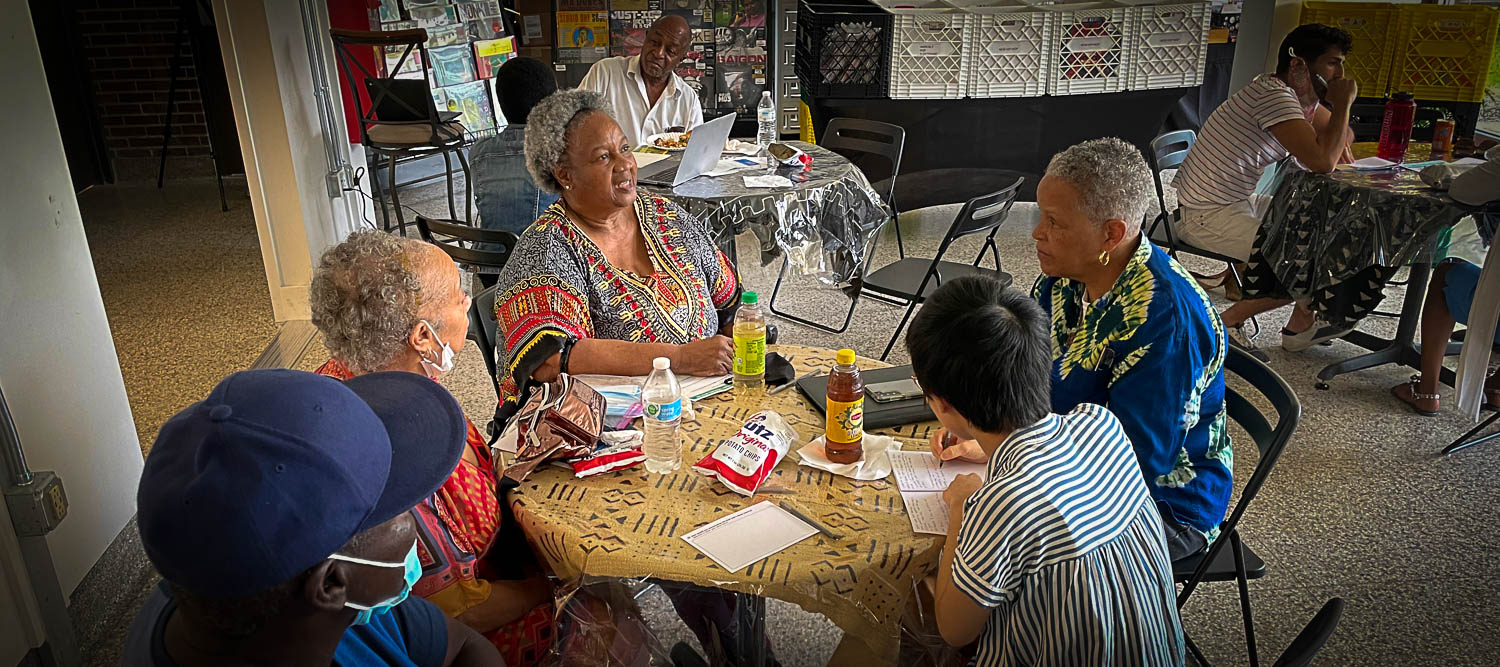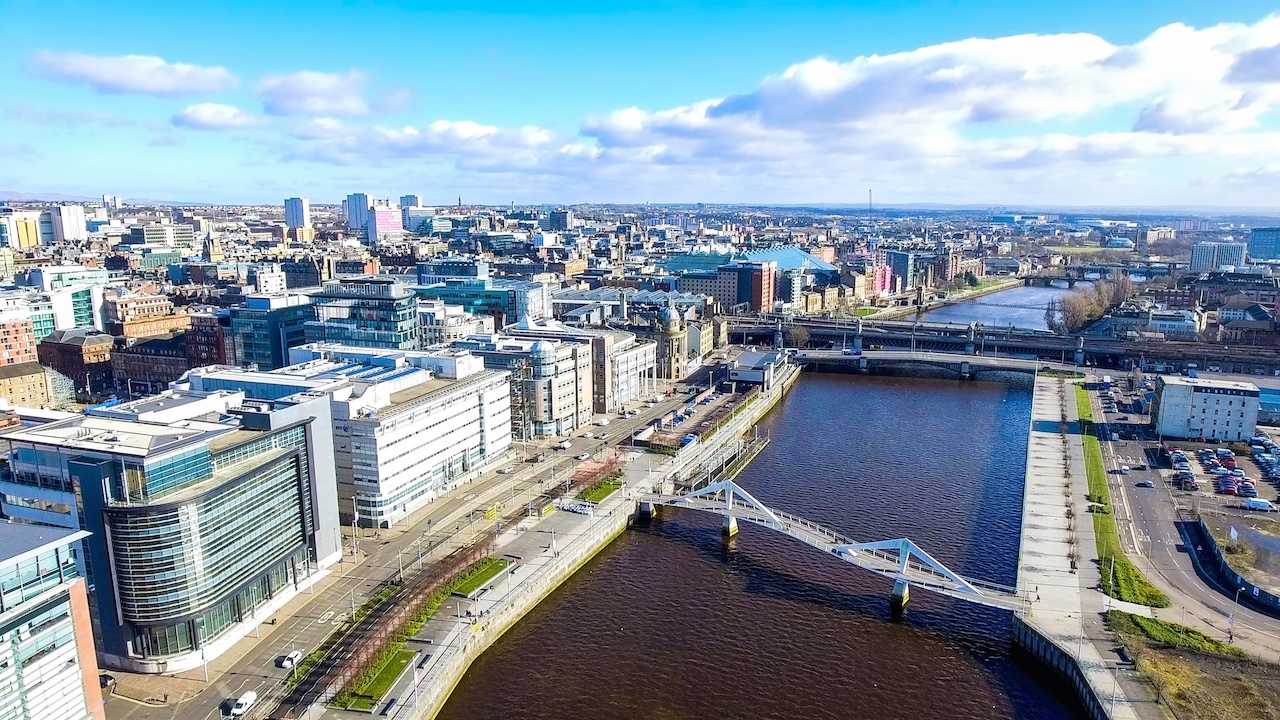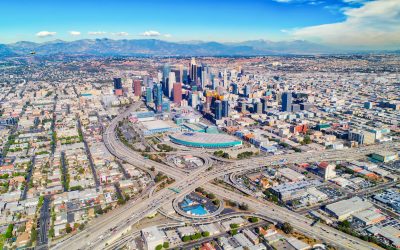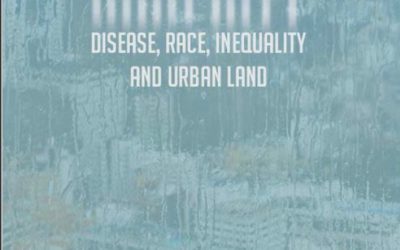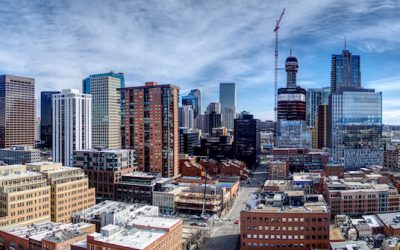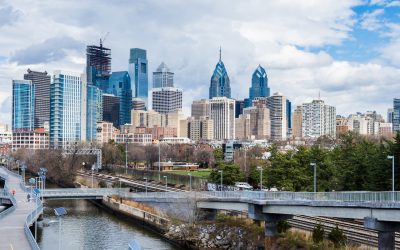Meeting of the Minds
What began as a 2-day summit in Oakland, CA in 2007, has grown into an internationally recognized non-profit organization with world-class events, year-round leadership programming, and an unparalleled digital platform.
Our mission is to bring together urban sustainability and technology leaders across sectors to share knowledge, best practices and catalyze lasting alliances and partnerships. We foster person-to-person and city-to-city learning by curating emerging trends and spotlighting projects and practitioners working on the future of sustainable, resilient, and equitable cities and regions.
We believe that the best solutions and partner ecosystems result from collaboration and engagement across sectors and disciplines. We convene leaders from international bodies, local government, state and federal government, corporates, startups, non-profits, academics and philanthropy.
Meeting of the Minds thanks and acknowledges the support of our current and past sponsors, including:
Foundations
Annie E. Casey Foundation
Barr Foundation
Burton D. Morgan Foundation
Ford Foundation
Lincoln Institute of Land Policy
Living Cities
New Economy Initiative
Paul G. Allen Philanthropies
Robert Wood Johnson Foundation
Rockefeller Foundation
The California Endowment
The California Wellness Foundation
The Cleveland Foundation
The JPB Foundation
The Kresge Foundation
The Volvo Research and Education Foundations
Healthcare
Kaiser Permanente
Sutter Health
Telecom
AT&T
Comcast
Qualcomm
Verizon
Global Technology Leaders
Cisco
Dassault Systémes
IBM
Itron
Microsoft
Oracle
Philips Lighting/Signify
Schneider Electric
Siemens
Transportation Leaders
Bombardier
Cubic
Daimler/Car2Go
Ford
JUMP Bikes/UBER
Lacuna
Keolis
Lyft
Streetlight Data
Toyota
Zipcar
Financial Institutions
JPMorgan Chase
PNC Bank
Wells Fargo
IT & IoT
Atonix Digital
Cleverciti Systems
Iteris
Logicalis
Roadbotics
RelayR Corp
Planning, Design, Architecture, Real Estate, Engineering, Construction
Black & Veatch
CBRE
CH2M Hill
Colliers
DKS Associates
Jones Lang LaSalle
Oxford Properties Group
Ramboll
Skidmore Owings & Merrill
WSP
Consulting Firms
Cognizant
ENGIE Impact
Deloitte
EY
PwC
Government
Ann Arbor SPARK
City of Berkeley, CA
Cuyahoga County
Federal Reserve Bank of San Francisco
JobsOhio
Metrolinx
State of Michigan
Resources: Water and Energy
AEP Ohio
DTE Energy
Festival Hydro
FirstEnergy
Marin Clean Energy
Natural Resources Defense Council
Sacramento Municipal Utility District
Shell
Xylem Water
Innovators
Cleveland Neighborhood Progress
JumpStart
Natural Resources Defense Fund
Rock Ventures
The New School
University of California
UrbanFootprint
Recent Webinars
Recent Articles
Urban Simulation Tech Models Effects of Shared Mobility in Reducing Congestion
Planning for new, shared modes of transit that will rival private vehicles in access and convenience requires a paradigm shift in the planning process. Rather than using traditional methods, we need to capture individual behavior while interacting with the systems in questions. An increasing number of studies show that combining agent-based simulation with activity-based travel demand modeling is a good approach. This approach creates a digital twin of the population of the city, with similar characteristics as their real-world counterparts. These synthetic individuals have activities to perform through the course of the day, and need to make mobility decisions to travel between activity locations. The entire transportation infrastructure of the city is replicated on a virtual platform that simulates real life scenarios. If individual behavior and the governing laws of the digital reality are accurately reproduced, large-scale mobility demand emerges from the bottom-up, reflecting the real-world incidences.
No Equity, No Resilience: Minneapolis is All of Us
This article was originally published on September 8, 2020.
Update for April 20, 2021:
After the murder of George Floyd we wrote this article as a kind of blueprint, a beginning to a new way of working with equitable resilience in our cities and beyond. Now, as the trial of Derek Chauvin comes to a guilty verdict in Minneapolis and the whole country reflects on the legacy of that verdict, we have to remember another senseless murder – another young Black man, Daunte Wright, at the hands of law enforcement, just miles from the courthouse. Again, Minneapolis is all of us. We have protested, we have voted. We stood up, we spoke out, we have raged about the anti-Black racism. We have seen people come together, we can feel a shift in this country. But there is so much more to do. No equity, no resilience.
-Ron & Stewart
How Affordable Green Housing Enhances Cities
Housing that is affordable to low-income residents is often substandard and suffering from deferred maintenance, exposing residents to poor air quality and high energy bills. This situation can exacerbate asthma and other respiratory health issues, and siphon scarce dollars from higher value items like more nutritious food, health care, or education. Providing safe, decent, affordable, and healthy housing is one way to address historic inequities in community investment. Engaging with affordable housing and other types of community benefit projects is an important first step toward fully integrating equity into the green building process. In creating a framework for going deeper on equity, our new book, the Blueprint for Affordable Housing (Island Press 2020), starts with the Convention on Human Rights and the fundamental right to housing.
The Pandemic, Inequality, Housing Affordability, and Urban Land
Since the Great Recession of 2008, the housing wealth gap has expanded to include not just Black and Brown Americans, but younger White Americans as well. Millennials and Generation Z Whites are now joining their Black and Brown peers in facing untenable housing precarity and blocked access to wealth. With wages stuck at 1980 levels and housing prices at least double (in inflation adjusted terms) what they were 40 years ago, many younger Americans, most with college degrees, are giving up on buying a home and even struggle to rent apartments suitable for raising a family.
What makes it hard for policy people and citizens to accept this truth is that we have not seen this problem in a very long time. Back in the 1920s of course, but not really since then. But this is actually an old problem that has come back to haunt us; a problem first articulated by Adam Smith in the 1700s.
Multi-modal Transit and the Public Realm
More than ever, urban transit services are in need of sustainable and affordable solutions to better serve all members of our diverse communities, not least among them, those that are traditionally car-dependent. New mobility technologies can be a potential resource for local transit agencies to augment multi-modal connectivity across existing transit infrastructures.
We envision a new decentralized and distributed model that provides multi-modal access through nimble and flexible multi-modal Transit Districts, rather than through traditional, centralized, and often too expensive Multi-modal Transit Hubs. Working in collaboration with existing agencies, new micro-mobility technologies could provide greater and seamless access to existing transit infrastructure, while maximizing the potential of the public realm, creating an experience that many could enjoy beyond just catching the next bus or finding a scooter. So how would we go about it?
Cross Sectoral Partnerships Can Fight Human Trafficking
Dedicated anti-trafficking actors across the nation are trying to build better systems in big jurisdictions like New York, San Francisco, and Los Angeles, and in smaller but scrappy jurisdictions like Waco, Texas and Boaz, Alabama. They all share the same need, for stronger interconnectedness as an anti-trafficking field, and more collaboration.
The Forging Freedom Portal is a one-stop shop where a police officer planning a victim-centered operation can connect with their law enforcement counterparts, and the right service providers ahead of time, collaborating to make sure they’re planning for the language skills, social services, and legal support that victims may need. The portal is a place where the people who care most about ending human trafficking, who are doing the hard work every day on the ground, can learn from each other and share best practices to raise the collective standard of this work.




